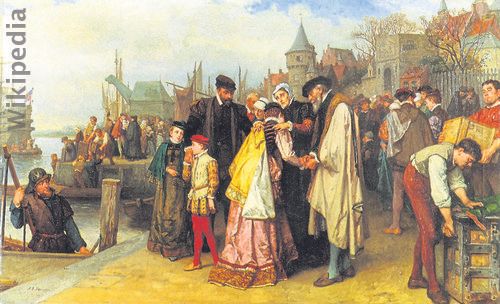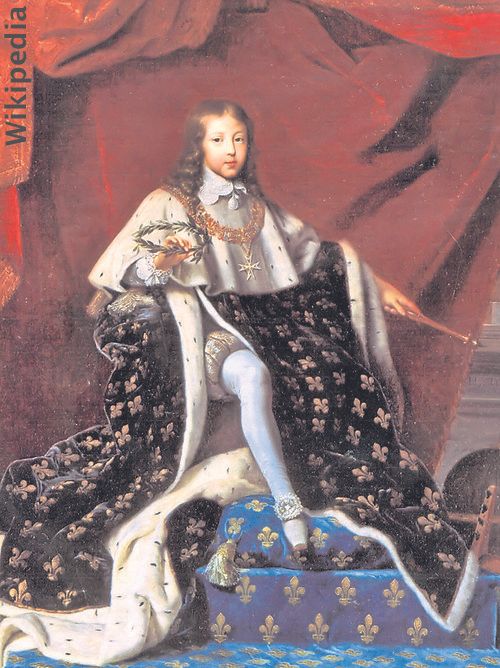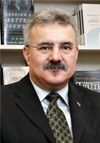
In last month’s article on notable defenders of the Christian faith, I wrote about the progress of the Reformed faith in France after the time of the Reformation. During the mid-sixteenth century there was great advance, as French evangelists (many of them sent out from John Calvin’s academy in Geneva) sought to plant churches in their native land and confront the errors of Roman Catholicism. Attempts to stamp out these nascent Reformed causes, however, were often bloody. Indeed, the sixteenth century turned out to be one of the bloodiest in French history, as the country was torn apart by the savagery of religious civil war. Calvin himself had consistently urged the French Reformed leadership not to resort to arms, but his advice went unheeded.
The Edict of Nantes
Finally, in 1598, four hundred years ago this very year, an edict of toleration was passed, the Edict of Nantes. It was hoped that this law, which permitted the French Protestants (or Huguenots) to establish places of worship in twenty specified cities, would bring peace to a war-tired nation. But the seventeenth century turned out to be an era in which, from a merely human perspective, the Reformed cause lost many of its gains from the previous century. There was constant inducement, some of it financial, for French Protestants to cross over to the Roman Church. When that failed, there was recourse to more brutal methods. Protestants were often debarred from government service; special taxes were levied on them; their pastors were only allowed to live in certain places and for limited periods of time, preventing them from planting and nurturing churches; their churches, schools and hospitals were closed or destroyed; pastors and faithful believers were imprisoned in horrific conditions, and many of them were sent to the galleys as slaves. Finally, the French Government authorized what were known as dragonnades, where French soldiers would be billeted in Protestant villages and homes, and given complete freedom to pillage, loot, rape and kill.

The church of the desert
By 1685 the French king, Louis XIV, the so-called ‘Sun-King’, officially declared that there was no longer a Protestant presence in France, so that the religious freedom guaranteed by the Edict of Nantes was no longer needed. All of the Protestants, according to his calculations, had either abjured their faith or died. The Edict of Nantes was thus revoked. Of course, in reality, there was still a significant Huguenot community. Those who could do so liquidated their possessions and tried to leave the country. Estimates vary as to the exact number that did eventually leave. Some scholars have put the figure as high as half a million. A figure of three hundred thousand is probably more accurate. This number, however, does not include the many who died trying to escape or those who were caught and sent to the galleys. Most of those who left were highly skilled artisans, and the economic problems that plagued France throughout the eighteenth century, and led to the French Revolution in 1789, were in part a result of the Huguenot emigration.
Forty per cent of the Huguenots who left France came from northern France, even though only twenty per cent of the Huguenot community actually lived in the north prior to the revocation of the Edict of Nantes. This meant that a sizeable number of Huguenots remained in the south of France, some half a million, hoping that they would be able to resist the government revocation of religious toleration and preserve their faith. It was especially in the sparsely inhabited, rural areas of southern France that Calvinist worship continued, often held late at night out in the fields and forests. This period of French Reformed witness, known as the Church of the Desert (L’Église du Désert), has many rich lessons for the present, among them the account of Antoine Court and the so-called ‘French Prophets’.
Teenage prophets
Many of the Reformed pastors in southern France had either fled the country or been martyred. It was in this context of intense persecution, along with a lack of biblical leadership, that the so-called ‘French Prophets’ emerged. The first of them was Isabeau Vincent, an illiterate fifteen-year-old girl, who began to preach in February 1688 declaring, ‘It is not I that speak, but the Spirit that is within me.’ Within a few months she had been imprisoned, but other teenage prophets and prophetesses soon appeared. Many of these young people would be seized by convulsive trembling and some would fall flat on their backs as they prophesied. Others would weep and cry out to their hearers to repent. One of them, Marie Boîteuse, supposedly wept tears of blood as she prophesied. Visions abounded among them. Jacquette Ranc saw an angel transport the British king, William III, formerly William of Orange, to France holding on to his hair. Once there, she predicted, he would deliver the French Protestants as he had delivered the English Dissenters. By 1700 there were literally hundreds of these prophets and prophetesses, most of them below the age of twenty and the majority of whom had never heard the Word of God preached.
Soon some of them began to preach violence. All-out war broke out in 1702 (a war known as the War of the Camisards) when ‘the Spirit’ commanded a wool-comber, Abraham Mazel, to murder a Roman Catholic abbot in order to free some Protestants whom the latter had imprisoned. The war lasted two years. The Protestants lost, and the result was increased devastation of the Reformed cause. But as so often has been the case, when all seemed lost and hopeless, God the Holy Spirit raised up a man to repair the ruins. In this case, it was a young Frenchman by the name of Antoine Court (1695-1760).

The Bible, the sole rule of faith
From his mother, Marie Gébelin, who had been widowed when he was only four or five, Antoine received firm Protestant convictions. His mother also often took him to secret worship services, where he regularly saw and heard the prophecies of the French Prophets.
In 1713, at the age of eighteen, Court preached his first sermon. Over the next couple of years, his fervent preaching of God’s Word was regularly accompanied by calls to his hearers to repent and to refuse all compromise with Rome. The focus in these early years of his ministry was on reviving the zeal of the French believers. By 1715 Court had come to the conviction that more was needed, namely the reformation of the churches. Believers had to be gathered together under proper pastoral leadership, the Word of God regularly preached, and discipline restored.
So it was on 21 August 1715, that Court, along with six preachers and two former ‘prophets’, convened the first synod of the Church of the Desert. A number of important decisions were made: (1) Since the Bible was their sole rule of faith, it was to be their sole source of preaching-not the prophecies that had been dominant for so long; (2) The office of elder was re-established, Court himself would be formally set apart as an elder three years later; (3) Women were forbidden to preach on the basis of 1 Timothy 2:11-15; (4) The pathway of violence was to be utterly rejected-their struggle against the Church of Rome must use spiritual weapons alone.
These decisions were obviously a direct attack on the French Prophets. But Court rightly believed that lasting, stable, church renewal could only proceed on the basis of God’s Holy Word and not on the subjectivity and spiritual ‘scraps’ the French Prophets had been giving God’s people. The French Prophets were not prepared to give up without a fight. They declared outright that all who opposed their preaching were fighting against the Spirit of God himself. Some of them also predicted that dire evils awaited any who opposed them. But Court was not deterred from the path of genuine reform. On occasion he had no choice but to denounce these prophets and prophetesses to their faces, at the worship gatherings of the Church of the Desert. Important for Court’s position was the support of Bénédict Pictet, one of the last truly Calvinist theologians at Calvin’s Genevan Academy. Pictet was persuaded by Court to write a tract, A Letter about those who believe themselves inspired (1721), which effectively demolished the position of the French Prophets.
To teach others also
Court continued to minister in southern France until it became obvious to him that he needed to be training pastors for the churches. In 1729 he left for Lausanne in French-speaking Switzerland. There, he took charge of a small seminary, where he remained for the rest of his life. In all, he trained more than two hundred faithful men to pastor causes in France and Switzerland. His indefatigable zeal for Reformed worship, centred on God’s Word, shines across the centuries, as does the success that attended it. It stands as a beacon of hope that today’s church will also, one day, tire of the husks offered by much contemporary Christianity; and that we will turn from a ‘form of godliness’ focused on emotional ‘highs’, extraordinary experiences, and novelty, and return to the biblical path trodden by such distinguished defenders of the faith as Antoine Court.







